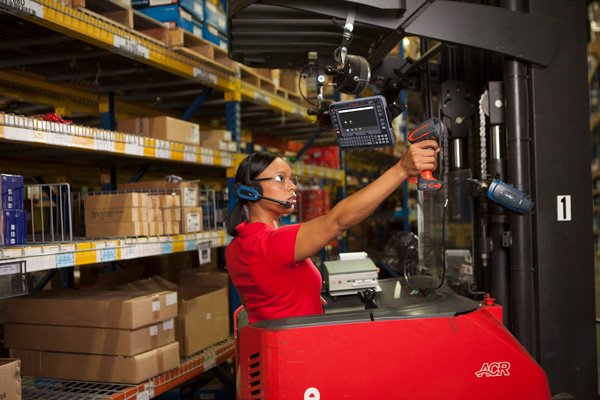The market pressures facing distribution center (DC) operators in 2021 are unrelenting. Since the start of the COVID-19 pandemic, e-commerce sales have increased exponentially; online retail grew 32% year over year in 2020 and is up 39% in Q1 2021. Meeting this unexpected demand comes at a time when job vacancies are significantly outpacing new hiring in the warehousing sector, creating a historic labor deficit.
In this challenging environment, it has become imperative to drive maximum efficiency, utilization and performance from existing labor resources, material handling equipment (MHE) and automated systems. Doing so will require DC operators to deploy strategic warehousing solutions to the myriad issues they are facing — from implementing connected warehouse technologies and reducing maintenance costs to streamlining labor management and increasing automation. Let’s look at three strategies for overcoming these escalating DC fulfillment challenges.
- Connect warehouse assets for increased uptime and reliability — Most DCs have a data problem, in that they squander valuable operational data that could be analyzed to uncover operational insights. Leveraging this data is essential for creating a connected warehouse that’s capable of minimizing unplanned downtime while increasing the performance and reliability of critical MHE and automation systems. Honeywell’s Forge software builds upon our proven Connected Assets offering to create data-driven enterprise performance management (EPM) solutions. Our EPM software provides real-time visualizations of end-to-end site operations and asset performance insights to enable predictive and just-in-time (JIT) maintenance capabilities.
- Streamline labor management to retain key workers, boost performance, and lower costs — The use of data is quickly evolving the discipline of labor management into a science. Today’s labor management software (LMS) draws on years of historical data to detect changes in employee behavior that could identify risk factors that indicate when a worker might walk off the job. Machine-learning (ML) algorithms in Momentum LMS can predict with 95 percent accuracy when this may occur. More importantly, this gives supervisors opportunities to re-engage at-risk workers through tailored incentive and/or retraining programs. Data-driven engagement models provide incentives that boost employee performance and satisfaction while giving DC operators the competitive advantages of lower labor costs, turnover rate reductions and higher throughput.
- Upgrade machine controls to build a strong warehouse automation foundation — Establishing a robust software platform is essential for successfully integrating new warehouse automation technologies. Machine control software and/or programmable logic controls (PLCs) serve as the foundation upon which more advanced automation hardware and software can be added, including warehouse execution system (WES) or warehouse management system (WMS)applications. But our industry has changed dramatically over the past decade, and many PLC and machine control software are in the sunsetting phase of their lifecycles. To support the next generation of warehouse automation, Honeywell Intelligrated has developed Momentum MC4, a robust and modern machine control solution within our next-generation Momentum software platform. MC4 provides a flexible and stable foundation upon which you can construct best-fit automation solutions — such as adding Momentum WES and WMS capabilities or integrating with other equipment and software providers.
Although there is no “silver bullet” for addressing all the challenges facing DC operators today, these three proven strategies can be used to increase throughput, improve employee retention, and provide stability to warehouse automation technologies.


